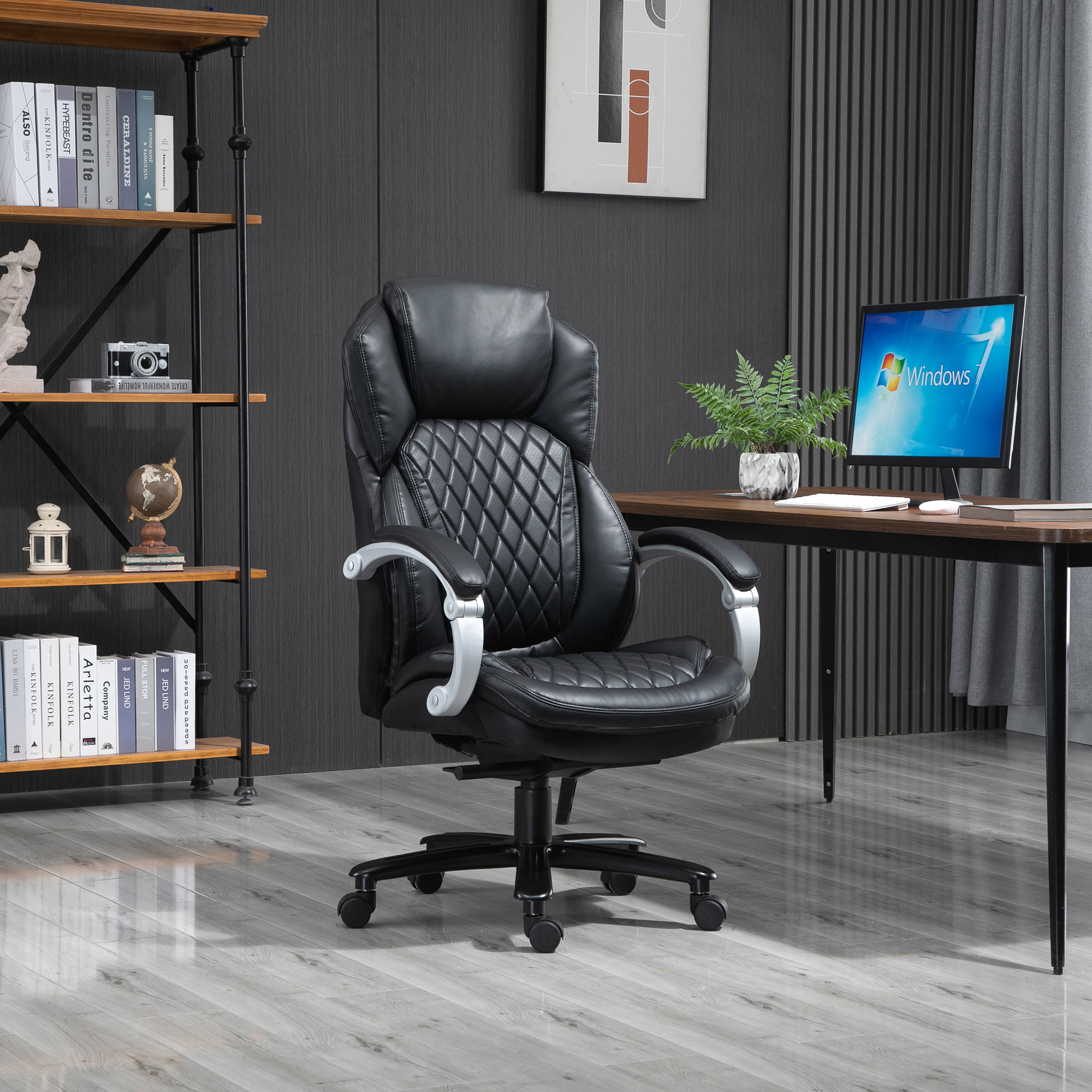User Experience and Design Considerations: Office Chair With Integrated Laptop Desk

The ideal user experience for an office chair with an integrated laptop desk hinges on seamless integration of comfort, functionality, and ergonomic support. It should enhance productivity without compromising posture or well-being. A successful design prioritizes intuitive operation and a visually appealing aesthetic that complements a modern workspace.
The user should effortlessly transition between working and relaxing positions. The integrated desk should offer a stable, adjustable work surface that promotes proper posture and minimizes strain. Workflow should be streamlined, with easy access to peripherals and a comfortable, supportive seating position.
Ideal User Experience
The optimal user experience involves a chair that effortlessly adapts to the user’s needs. The integrated desk should smoothly adjust to various heights, accommodating different tasks and user preferences. The desk surface should be large enough for a laptop, mouse, and keyboard, yet not so large as to feel cumbersome. High-quality materials are essential for comfort and durability. The chair’s backrest should offer excellent lumbar support, promoting proper spinal alignment. The armrests should be adjustable to support the user’s forearms, reducing strain on the shoulders and neck. The chair should be easy to clean and maintain. The entire system should feel stable and secure, eliminating any wobbling or instability.
Mobile App User Interface Design, Office chair with integrated laptop desk
A mobile application to control the chair’s features should be intuitive and visually appealing. The main screen should display the current settings for desk height, lighting, and potentially other features like backrest angle or seat heating. Large, clearly labeled buttons should allow for easy adjustment of these parameters. A slider control would be ideal for desk height, allowing for precise adjustments. Lighting control could include on/off toggles and brightness adjustments. The app should offer pre-set configurations for different working postures or tasks. The app’s interface should be clean and uncluttered, with a focus on ease of use. An example would be a minimalist design with large icons and clear text labels, using a color palette that promotes a calm and focused atmosphere.
Design Challenges
Creating a comfortable and functional integrated desk presents several design challenges. Material selection is crucial. The desk must be lightweight yet sturdy enough to support a laptop and other equipment. Materials should be chosen for durability, easy cleaning, and aesthetic appeal. Weight distribution is critical to ensure stability. The weight of the desk and its contents should be evenly distributed to prevent tipping or wobbling. The chair’s base must be robust enough to support the added weight of the integrated desk. Stability is paramount. The entire system must be designed to remain stable during use, even when the desk is fully extended. This necessitates careful consideration of the chair’s center of gravity and the desk’s attachment mechanism. Furthermore, the design must account for the potential for fatigue from extended use. The materials used should be comfortable to the touch and should not cause discomfort after prolonged use. The design should incorporate ergonomic principles to minimize the risk of musculoskeletal disorders.
